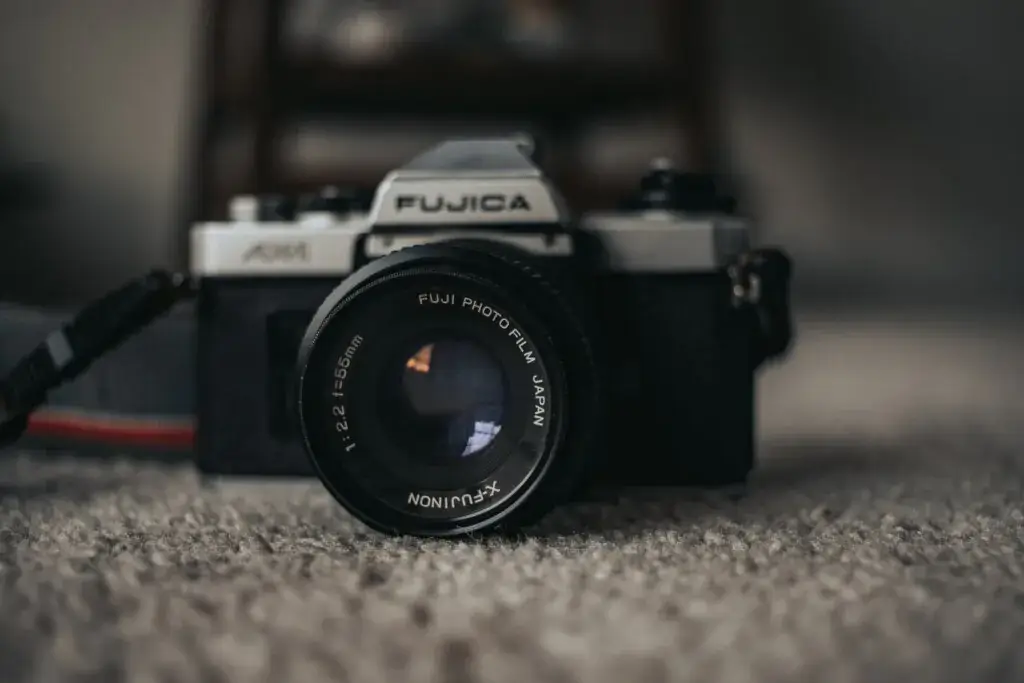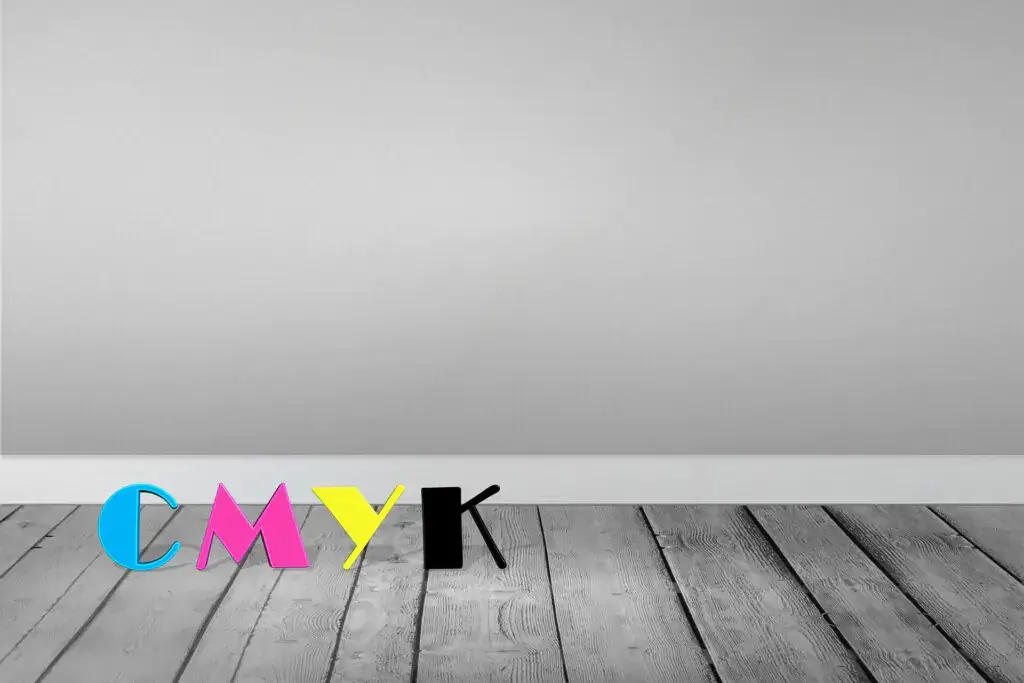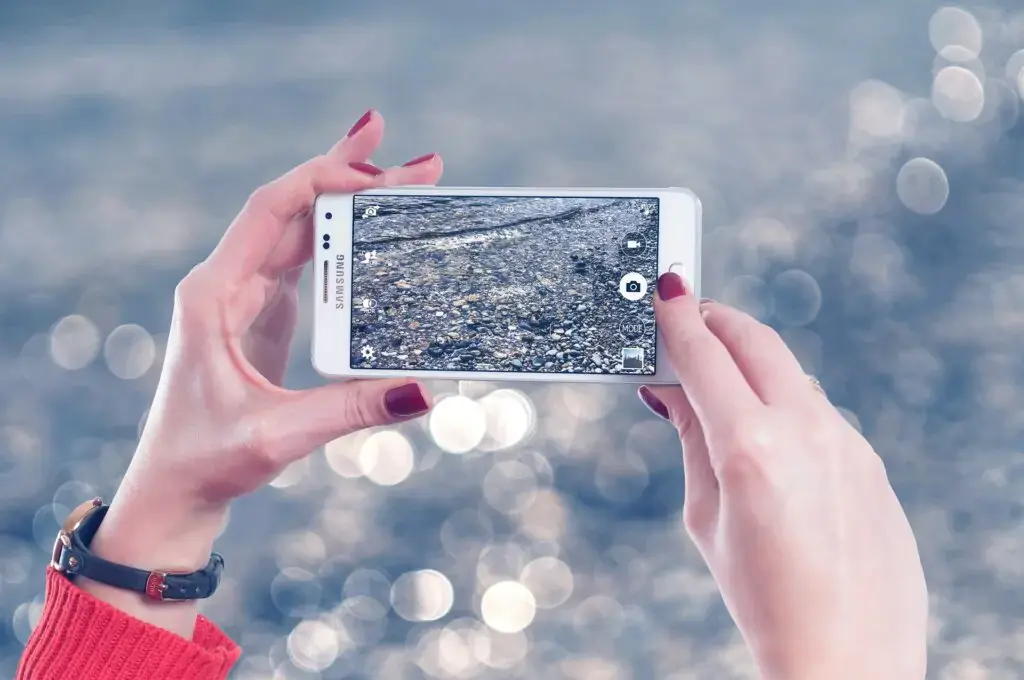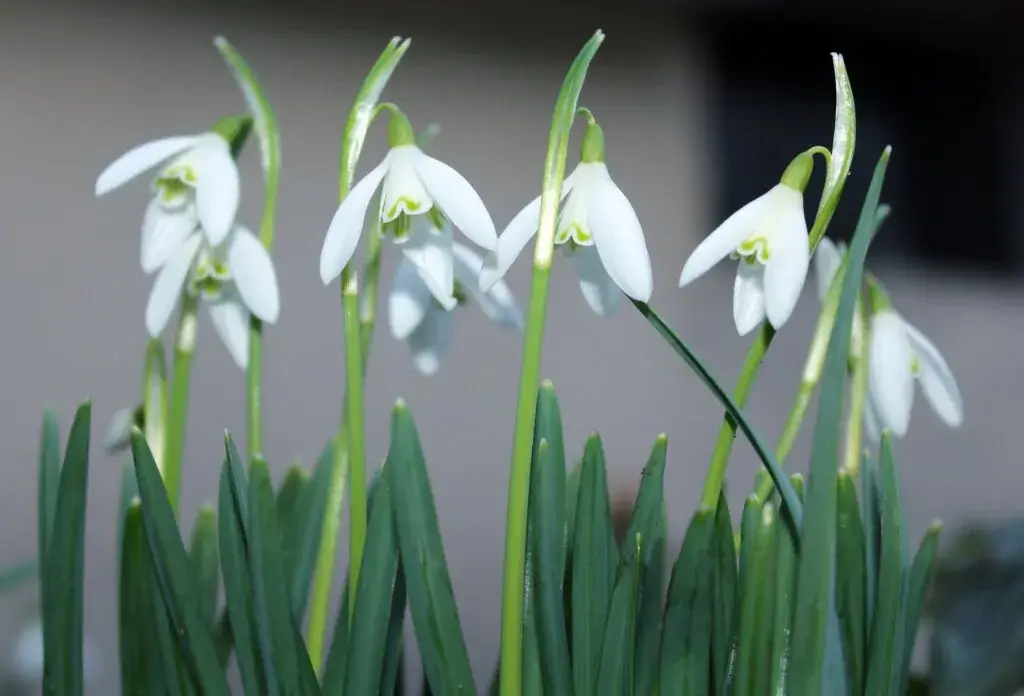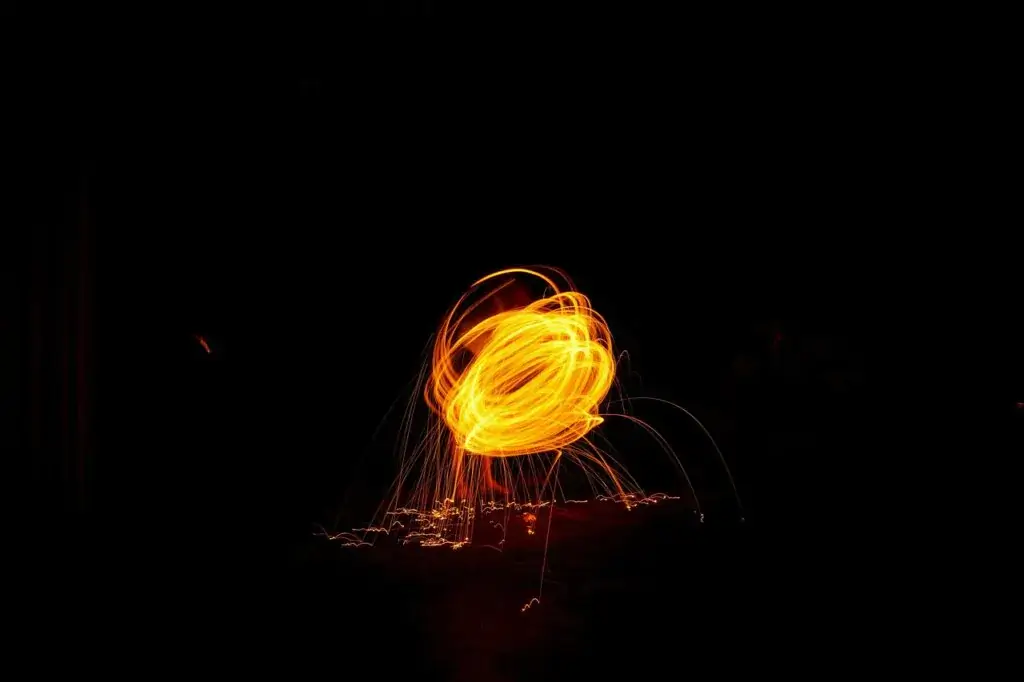 Article
ArticleLong exposure time – a guide for beginner photographers
Long exposure time means a wide range of possibilities for taking pictures not only during the day, but also at night. However, how to cope with setting the right exposure time? With our tutorial you will find the answers to your questions. You will learn what a long exposure time is and how to set up your camera to get exceptional photographs.
What is a long exposure time?
According to theory, the exposure time is the shutter speed of the camera, that is, the moment when light falls on the light-sensitive material. In modern cameras it is the sensor, and in older models it was film. This parameter is expressed in fractions of a second, although in extreme situations the time is much longer. It even exceeds one second. However, it is worth remembering that sharp and blur-free photos are obtained at exposure times of less than one second.
In modern devices, the exposure time can be from 1/8000 (more often 1/4000) of a second to 30 seconds (or even 60 seconds). In order to control this parameter correctly, it is worth remembering that changing its value from 1/1000 to 1/125, for example, significantly increases the exposure time, and an exposure time of 1/30th of a second will definitely be longer than a time of 1/60th of a second or 1/5000th of a second.
How to set a long exposure time?
Professional photographic equipment usually has a manual exposure setting mode, so setting a long exposure time is intuitive. On the built-in dial, it is located under the B or T symbol, among others. If you select Bulb mode, the exposure will continue until the shutter button is released. With Time, pressing and releasing the trigger must be done twice. The interval between these actions is the matrix exposure time.
A long exposure time allows you to take outdoor photos at night or in dark rooms with limited light. The professional photographer also gives an original and unique character to the photographs in this way. This parameter can be adjusted at any time.
Photographs that use a long exposure time allow you to capture still elements with a large depth of field, and moving objects as blurred. This allows you to photograph, for example, the movement of stars or clouds moving across the sky. Long exposure is a very demanding and time-consuming task, so it is crucial to maintain a stable camera position during such work. A tripod will be a good solution.
Long exposure time during the day and at night
A long exposure time requires setting the appropriate aperture, so every photographer should remember that the higher its value, the smaller the amount of light entering the sensor through the lens. To improve the quality of the photo, sometimes gray filters – round or rectangular – are used. How long should the exposure time be for daytime photography? It should be the inverse of the focal length of the lens. For example, if it will be 50 mm, the exposure time can be longer than 1/50th of a second.
And how to set up the camera for night photography? Here a long exposure should be used. In this case, it is not necessary to use gray filters, but it is worth remembering that the exposure itself should not be longer than 60 seconds and not shorter than 30 seconds. In this case, the recommended aperture is f/8 or f/11. ISO also affects the photos. Its low value makes the uncontrolled change in brightness appear very rarely.
How to set the exposure time?
Wanting to take perfect photos, it is worth remembering a few tricks:
- if movement is to be frozen in the photograph, use low exposure times and high ISO,
- people who shoot with a camera with a long focal length lens need to shorten the exposure time. A small amount of movement will make the photo potentially blurry,
- a very long exposure time (more than a few seconds) is ideal for taking pictures when the photographer wants to record the movement of light in cities, along streets or railroad tracks. In this way you can get the effect of so-called long streaks.
Long exposure photos are often taken by professionals. To make them perfect, every photographer should remember a few rules and know his equipment perfectly. Knowing how to change the exposure time on your camera, you can capture truly remarkable moments in photography.
 PL
PL
